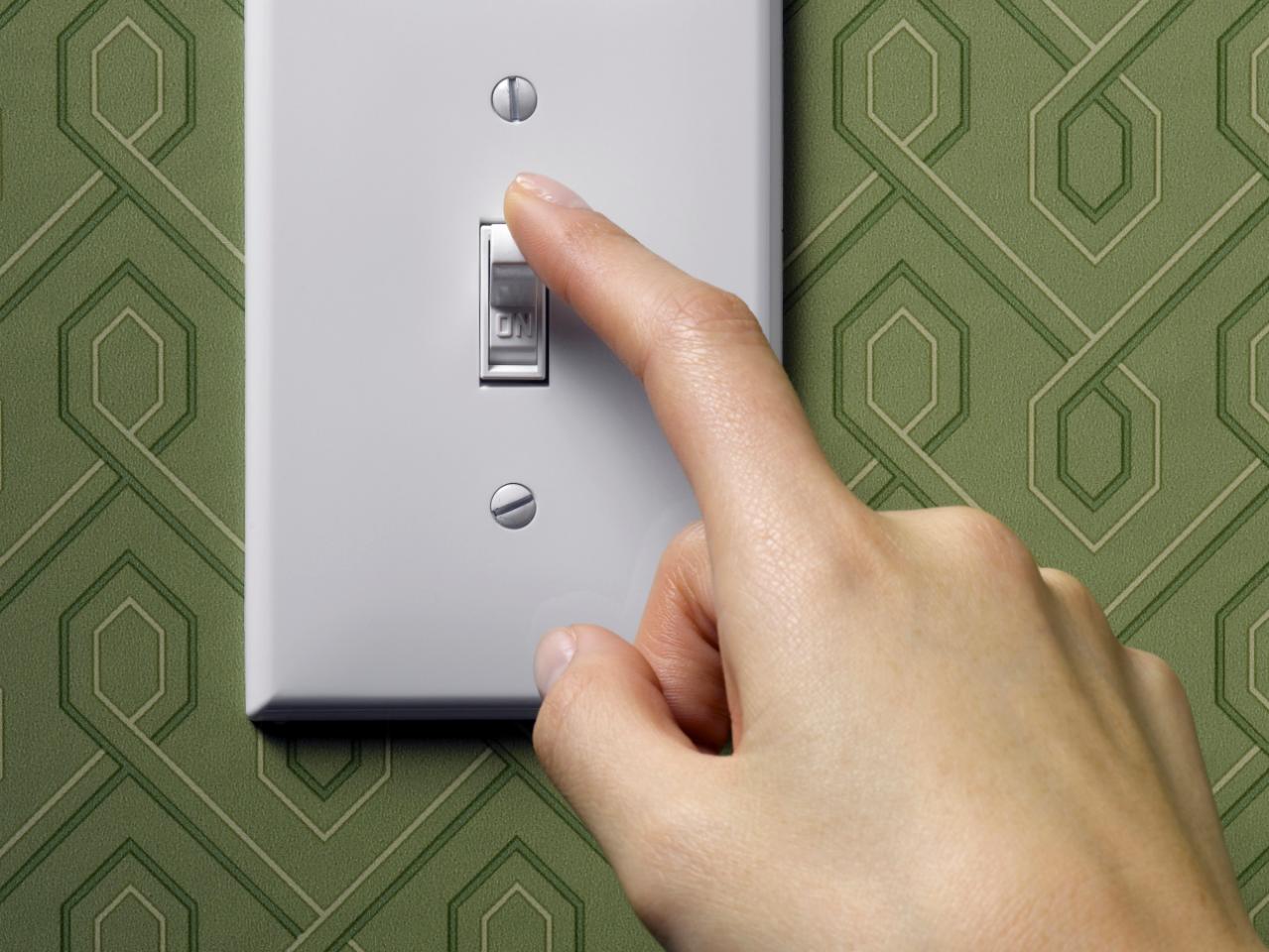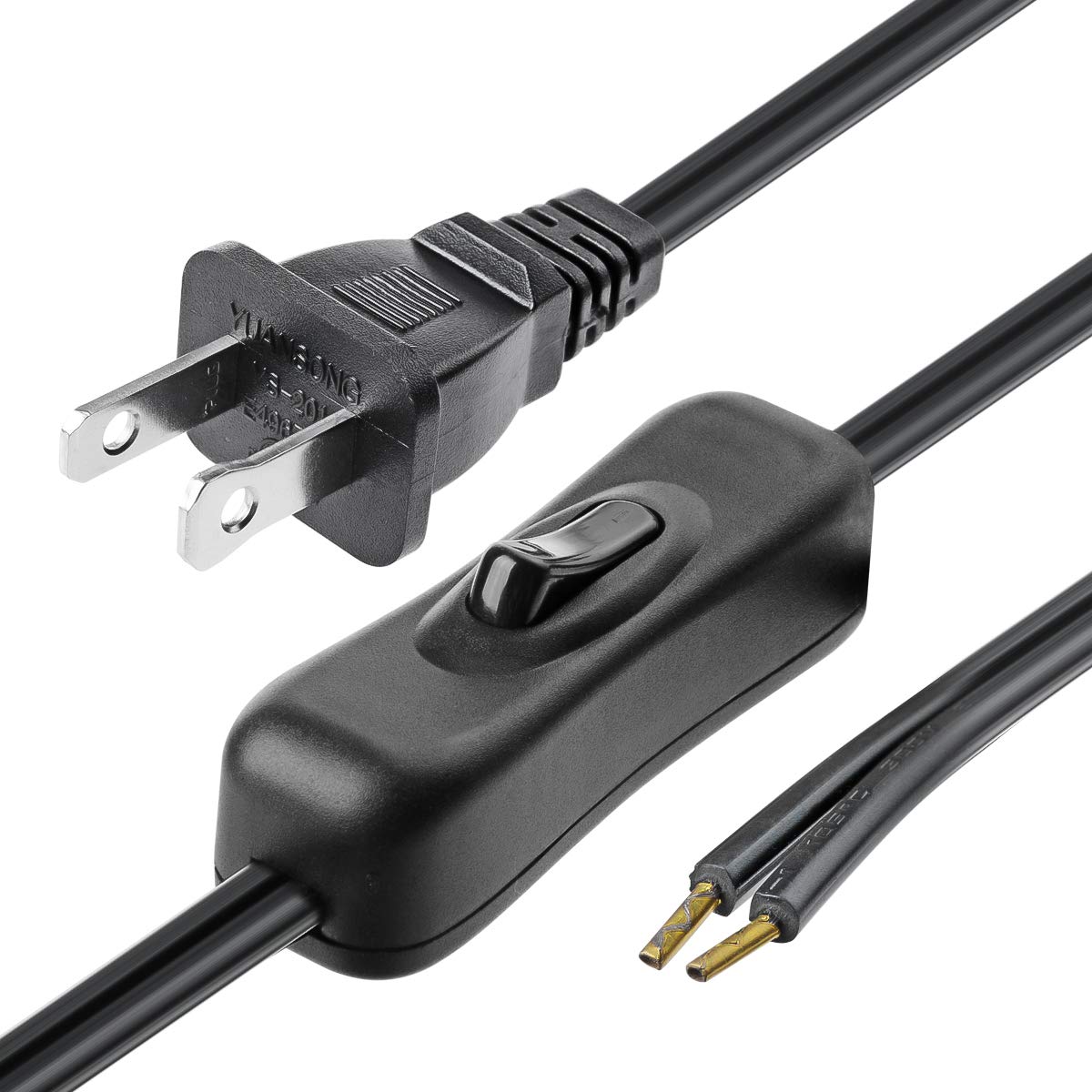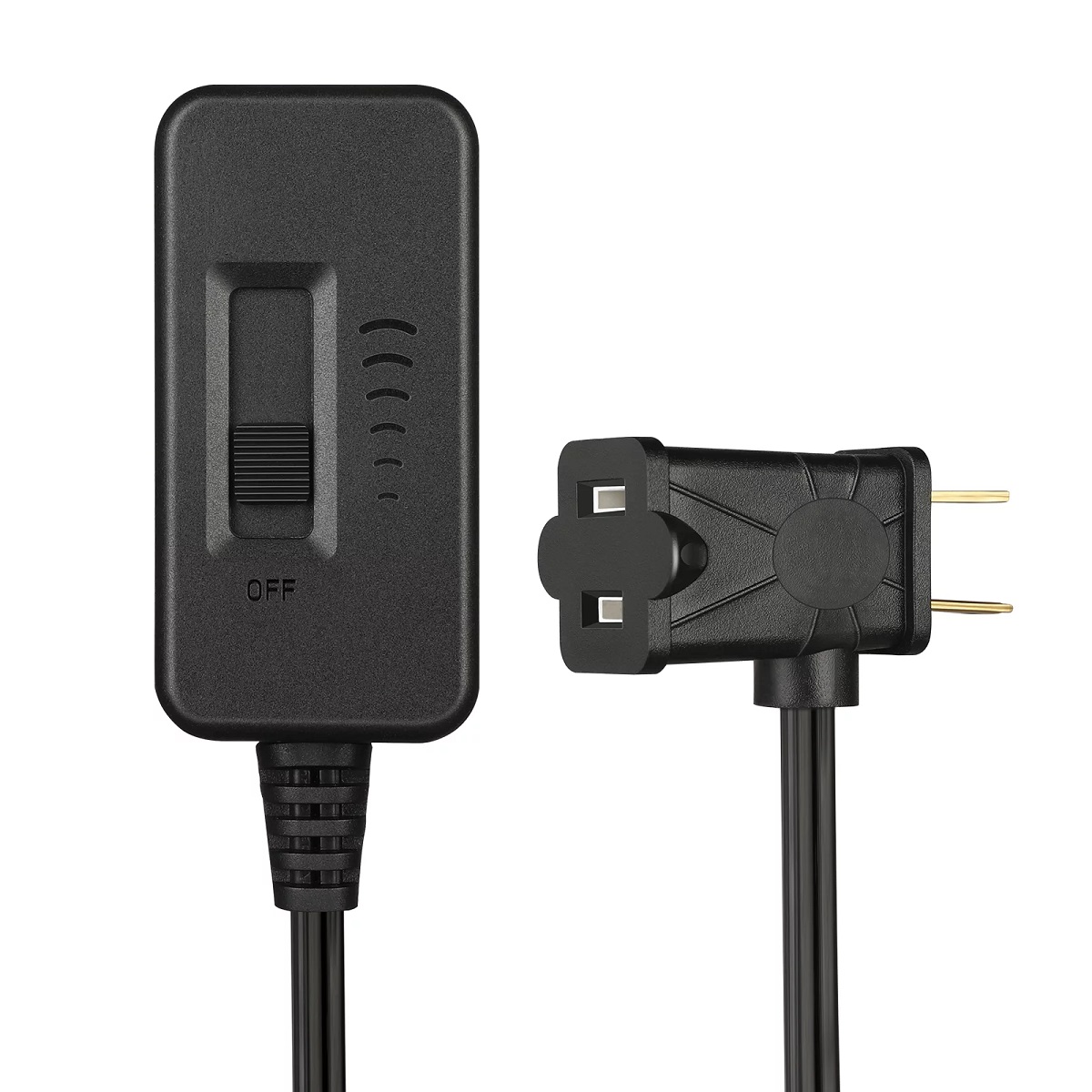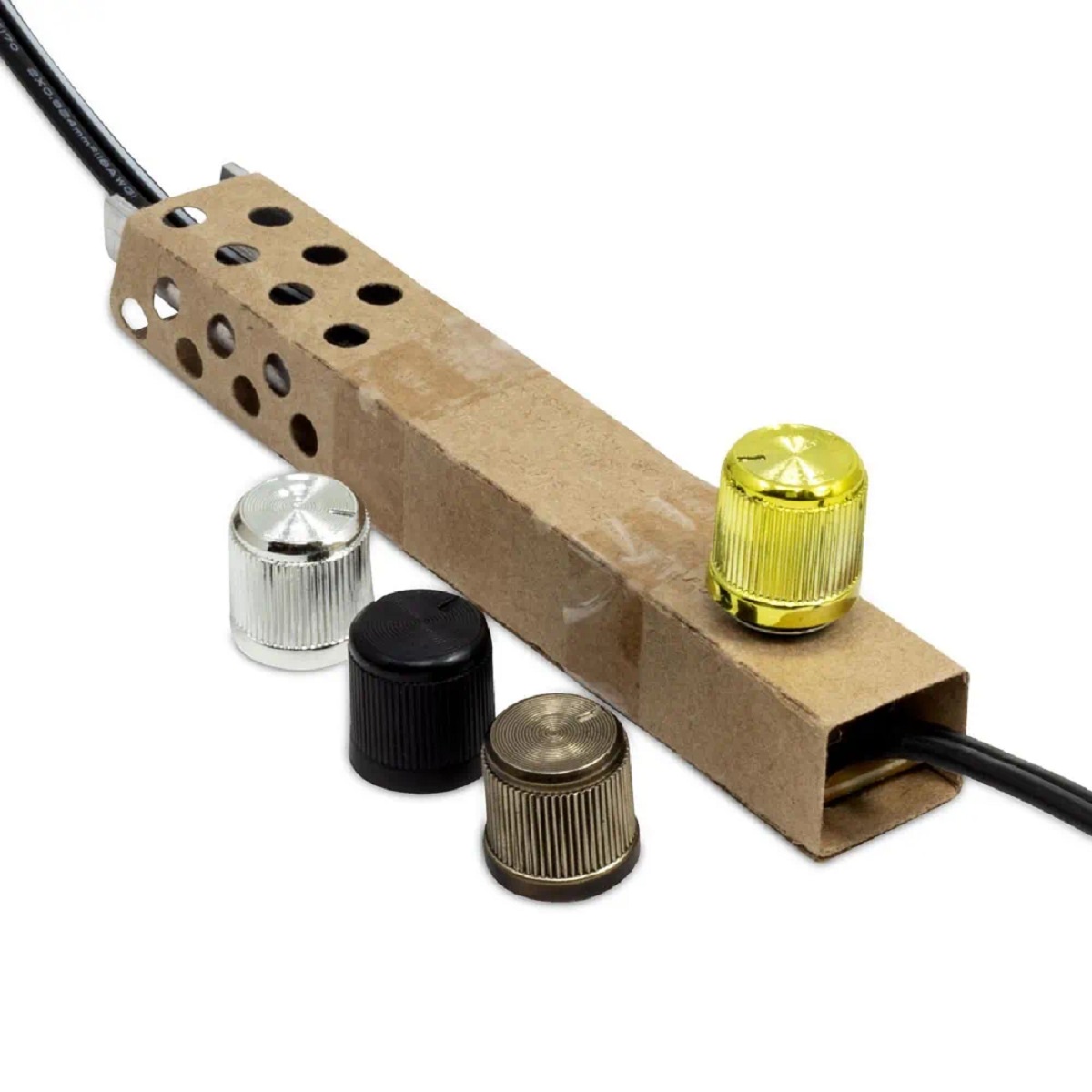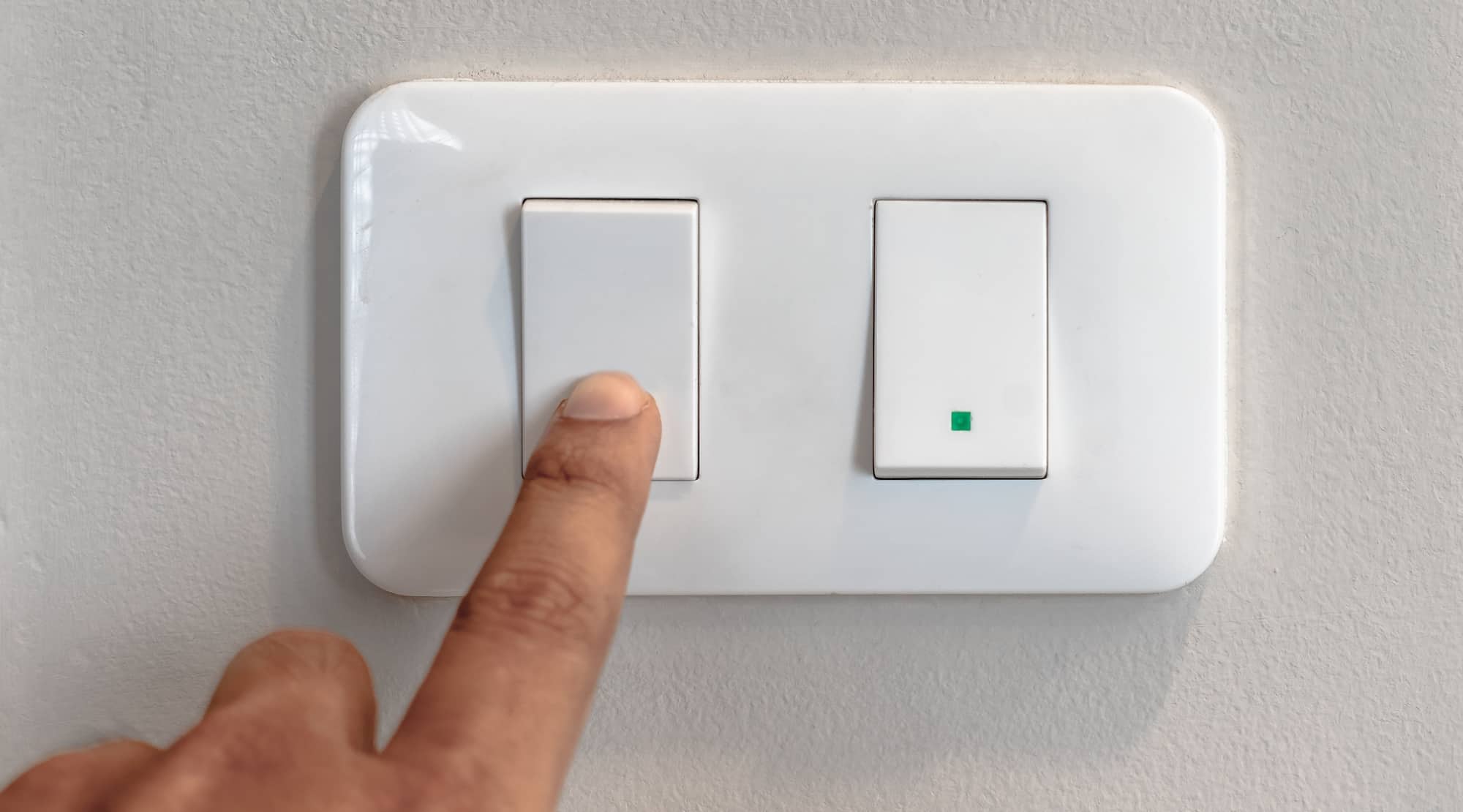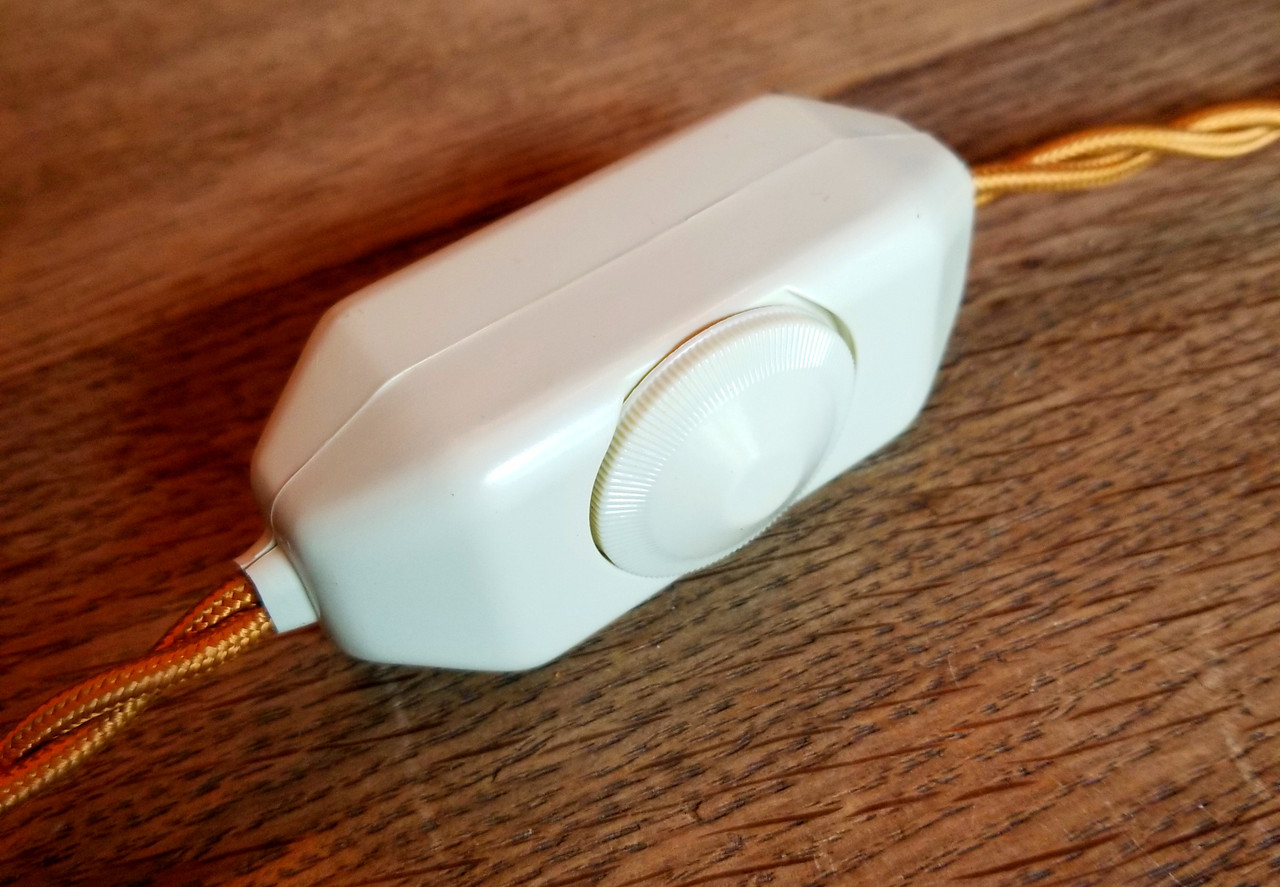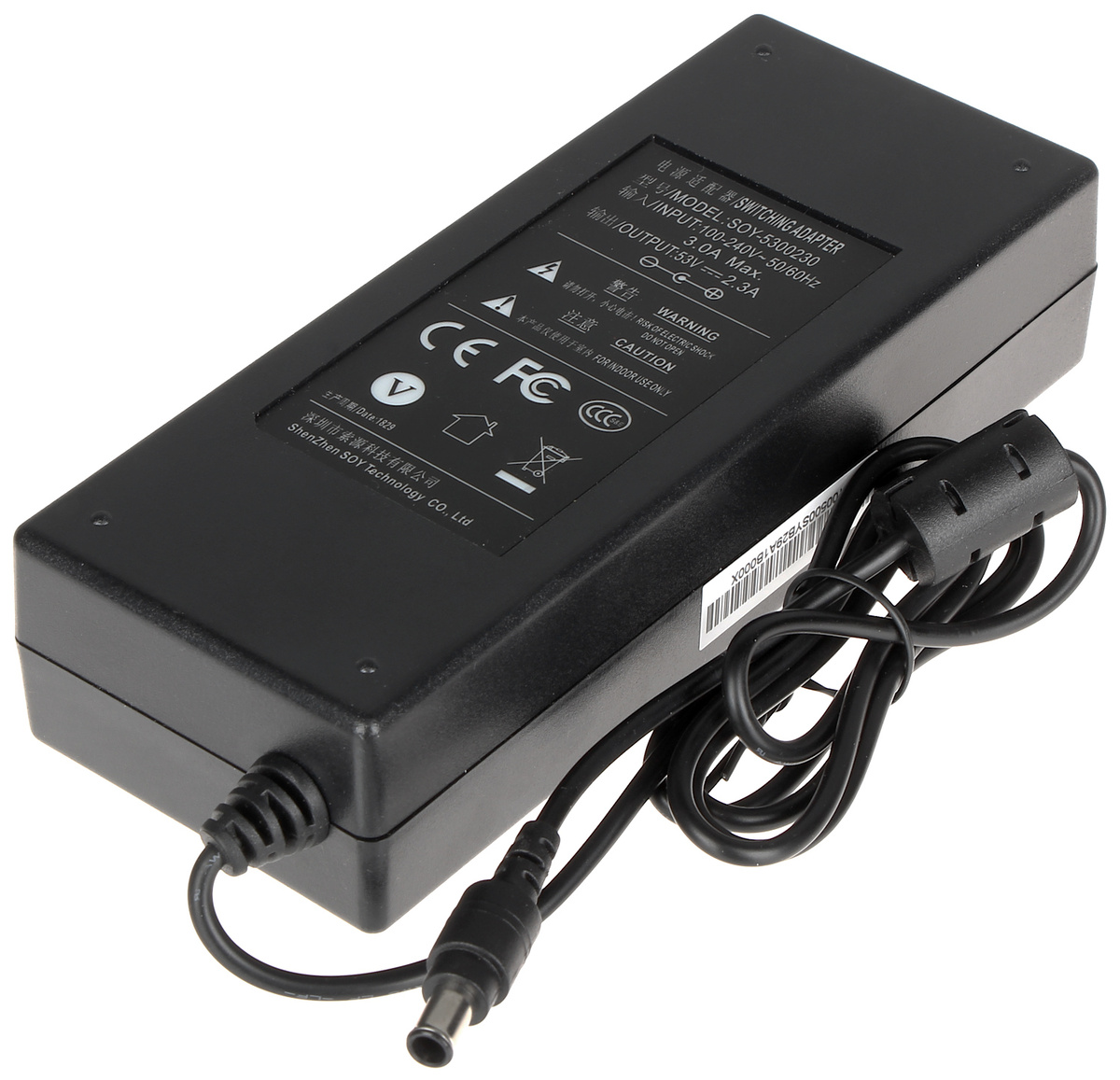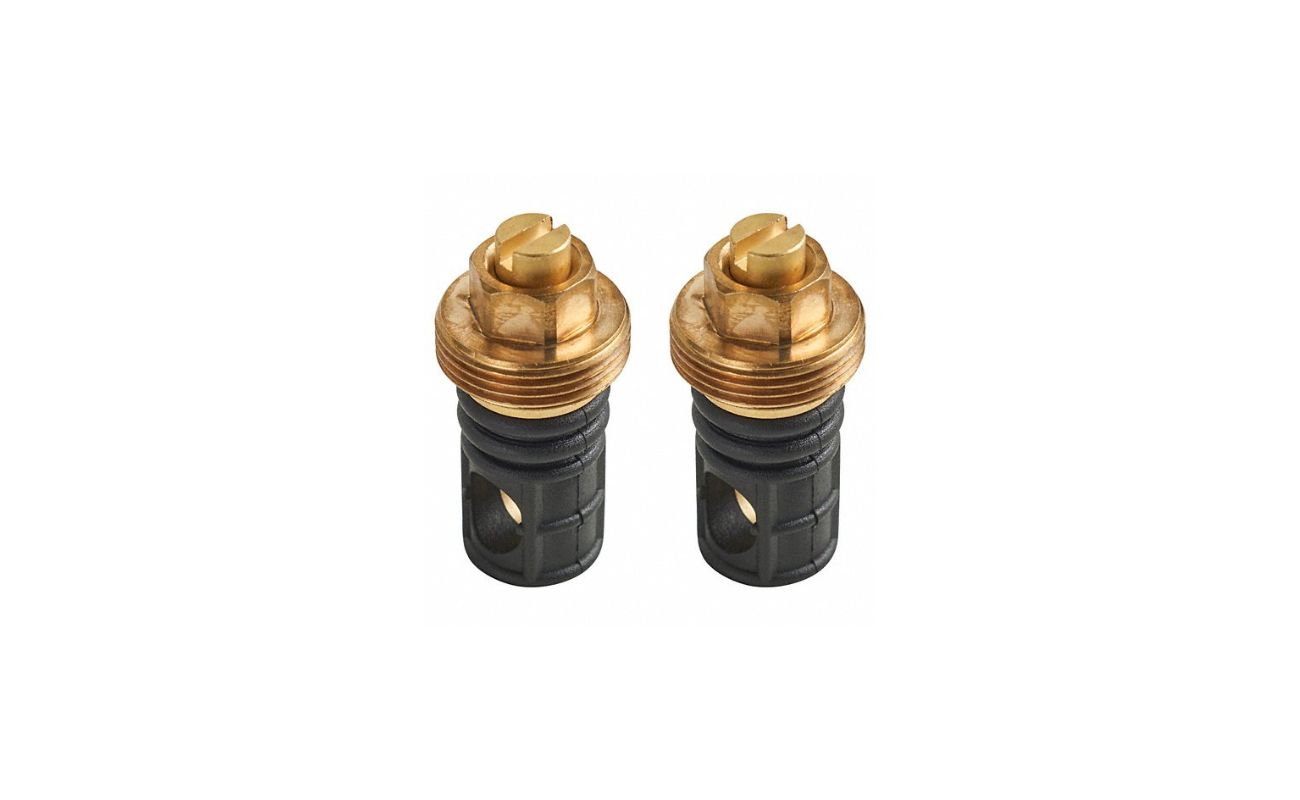Home>Furniture>What Is A Stop Lamp Switch On A Nissan Sentra


Furniture
What Is A Stop Lamp Switch On A Nissan Sentra
Modified: January 19, 2024
Discover the function and importance of the stop lamp switch on a Nissan Sentra. Shop for quality furniture and enhance your home decor with our wide selection
(Many of the links in this article redirect to a specific reviewed product. Your purchase of these products through affiliate links helps to generate commission for Storables.com, at no extra cost. Learn more)
Introduction
Welcome to our comprehensive guide on the stop lamp switch for the Nissan Sentra. In this article, we’ll explore the function of the stop lamp switch, its location in the Nissan Sentra, signs of a faulty switch, and how to replace it. If you own a Nissan Sentra or are interested in learning more about the inner workings of this vehicle, you’ve come to the right place.
The stop lamp switch is a crucial component in the braking system of a car. It is responsible for activating the brake lights when the driver presses the brake pedal. Without a properly functioning stop lamp switch, other drivers on the road won’t be able to see when you’re braking, posing a significant safety risk.
Understanding the role and importance of the stop lamp switch can help you recognize when it’s time to replace a faulty one. So, let’s dive into the details of this essential component in your Nissan Sentra.
Key Takeaways:
- The stop lamp switch in a Nissan Sentra is a critical safety component that activates brake lights. Recognizing signs of a faulty switch and knowing how to replace it is essential for maintaining road safety.
- Understanding the function and location of the stop lamp switch empowers Nissan Sentra owners to address potential issues promptly, ensuring the proper functioning of brake lights and related safety systems. Regular maintenance and replacement of a faulty switch are key to safe driving.
Read more: What Is A Rotary Switch On A Lamp
Function of a Stop Lamp Switch
The stop lamp switch, also known as the brake light switch, is a sensor that detects when the driver applies pressure to the brake pedal. When the brake pedal is pressed, the switch is activated and completes the electrical circuit, allowing current to flow to the brake lights. As a result, the brake lights illuminate, alerting other drivers that the vehicle is slowing down or stopping.
One of the critical functions of the stop lamp switch is to enhance safety. The brake lights serve as a vital communication tool between drivers on the road. When the brake lights come on, it signals to those behind the vehicle to reduce speed or come to a stop, preventing potential collisions.
Additionally, the stop lamp switch is linked to other safety features in the vehicle. For example, in many modern cars, the switch is connected to the cruise control system. When the switch detects that the brakes are engaged, it sends a signal to the cruise control system, disabling it temporarily. This feature ensures that the vehicle doesn’t maintain a constant speed while the driver is trying to slow down or stop.
The stop lamp switch also plays a role in other automobile systems, such as the shift interlock mechanism. In some vehicles, this mechanism prevents the driver from shifting out of park without pressing the brake pedal. The switch is involved in this system, as it needs to detect if the brake pedal is depressed before allowing the transmission to shift out of park.
In summary, the function of the stop lamp switch is to detect when the brake pedal is pressed and activate the brake lights, promoting safety on the road. It also interacts with other systems in the vehicle, contributing to features like cruise control and the shift interlock mechanism.
Location of the Stop Lamp Switch on a Nissan Sentra
The stop lamp switch on a Nissan Sentra is typically located near the top of the brake pedal assembly. Its position allows it to detect the movement of the brake pedal when it is pressed. While the exact location may vary slightly depending on the model year and trim, the general area remains consistent.
To locate the stop lamp switch, start by sitting in the driver’s seat of your Nissan Sentra. Look towards the lower portion of the steering column, where the brake pedal meets the floorboard. You will likely need to get down on your knees or use a flashlight to see it clearly.
The stop lamp switch is attached to the brake pedal arm or the brake pedal bracket. It is a small rectangular or cylindrical component with wires connected to it. You may also notice that it has a small plunger or button-like protrusion that is pressed when the brake pedal is depressed.
While the general location of the stop lamp switch is the same across Nissan Sentra models, it is always a good idea to consult your vehicle’s owner’s manual for specific instructions or diagrams that may help you locate it more easily. The manual will provide you with detailed information tailored to your particular Sentra model.
Once you have identified the stop lamp switch, you can inspect it for any visible signs of damage or wear. In the next section, we will explore some common signs of a faulty stop lamp switch, which may indicate that it needs to be replaced.
The stop lamp switch on a Nissan Sentra is a small but crucial component that activates the brake lights when the brake pedal is pressed. If your brake lights are not working, it could be a sign that the stop lamp switch needs to be replaced.
Signs of a Faulty Stop Lamp Switch
A faulty stop lamp switch can lead to various issues with the brake lights and other related systems in your Nissan Sentra. Being aware of the signs of a faulty switch can help you identify and address the problem promptly. Here are some common signs to watch out for:
- Brake lights not illuminating: One of the primary signs of a faulty stop lamp switch is the brake lights not turning on when the brake pedal is pressed. If you notice that your brake lights are not functioning, it is likely due to a problem with the switch.
- Brake lights staying on: On the flip side, a faulty stop lamp switch can also cause the brake lights to stay illuminated even when the brake pedal is not depressed. This can be a safety concern, as other drivers may misinterpret your intentions on the road.
- Inability to shift out of park: As mentioned earlier, the stop lamp switch is integrated with the shift interlock mechanism. If the switch is faulty, it may prevent you from shifting the transmission out of the park position, even when the brake pedal is pressed.
- Disabled cruise control: In some cases, a faulty stop lamp switch can interfere with the operation of the cruise control system. If your cruise control stops working or engages and disengages unexpectedly, it could be attributed to a malfunctioning switch.
- ABS or VDC warning lights: Depending on the specific configuration of your Nissan Sentra, a faulty stop lamp switch may trigger the ABS (Anti-lock Braking System) or VDC (Vehicle Dynamic Control) warning lights on your instrument panel. These lights serve as indicators that there is an issue with the braking system.
- Diagnostic trouble codes (DTCs): When the stop lamp switch malfunctions, it can generate DTCs that can be retrieved using an OBD-II scanner. If you have access to a scanner, you can check for specific codes related to the stop lamp switch to help diagnose the problem.
If you notice any of these signs, it is advisable to have your stop lamp switch inspected and replaced if necessary. A faulty switch compromises your safety on the road and can lead to potential accidents or legal issues. It is best to address the problem promptly to ensure proper functioning of the brake lights and other related systems in your Nissan Sentra.
Replacing the Stop Lamp Switch on a Nissan Sentra
If you’ve determined that your stop lamp switch in your Nissan Sentra needs to be replaced, here are the general steps to follow:
- Gather the necessary tools: Before beginning the replacement process, gather the tools you’ll need, including a wrench, pliers, a socket set, and a screwdriver. It’s also a good idea to have a container nearby to hold any small screws or clips you may remove during the process.
- Disconnect the battery: For safety purposes, start by disconnecting the negative terminal of the vehicle’s battery. This step will prevent any electrical mishaps during the replacement process.
- Locate the stop lamp switch: Refer to the previous section on the location of the stop lamp switch in your Nissan Sentra. Once you’ve identified its position, take note of the wires connected to it. You may need to move and remove any surrounding components that may obstruct access to the switch.
- Disconnect the wiring harness: Carefully detach the wiring harness from the stop lamp switch. Depending on the specific connector type, you may need to push down on a tab or squeeze the sides of the connector to release it.
- Remove the old switch: Using the appropriate tools, carefully remove any bolts, screws, or clips that secure the old switch in place. Once removed, take note of the switch’s orientation to ensure proper installation of the new one.
- Install the new switch: Take the new stop lamp switch and position it correctly in the mounting area. Secure it in place using the bolts, screws, or clips you removed from the old switch.
- Reconnect the wiring harness: Take the wiring harness and reconnect it to the new stop lamp switch. Ensure that it is securely attached and that the connector is properly seated.
- Reconnect the battery: Once the new stop lamp switch is installed and the wiring harness is connected, reattach the negative terminal of the vehicle’s battery.
- Test the brake lights: With the replacement complete, it’s essential to test the brake lights to ensure they are functioning correctly. Have someone stand behind your vehicle while you press the brake pedal to verify that the lights illuminate as expected.
It’s important to note that these steps are a general guide. The specific process and intricacies of replacing the stop lamp switch may vary depending on your Nissan Sentra’s model year and trim. To ensure proper installation, it’s always recommended to consult the vehicle’s owner’s manual or seek assistance from a qualified mechanic if needed.
Read more: What Is A Stop Lamp Fuse
Conclusion
The stop lamp switch is a crucial component in the brake system of a Nissan Sentra. It plays a vital role in activating the brake lights when the driver applies pressure to the brake pedal, ensuring the safety of both the driver and other road users. Understanding the function, location, and signs of a faulty stop lamp switch can help you identify and address any issues promptly.
If you notice that your brake lights are not illuminating, stay constantly lit, or experience other related problems, it may indicate a faulty stop lamp switch. Replacing the switch is a relatively straightforward process that typically involves disconnecting the battery, locating the switch near the brake pedal, removing and replacing the old switch, reconnecting the wiring harness, and testing the brake lights to ensure proper functionality.
It’s worth noting that while the steps provided here serve as a general guide, it’s always best to consult your vehicle’s owner’s manual or seek professional assistance for specific instructions tailored to your Nissan Sentra model.
By understanding the importance of the stop lamp switch and knowing how to address any issues that may arise, you can maintain the safety and reliability of your braking system. Regularly checking and replacing a faulty stop lamp switch will ensure that your brake lights function properly, allowing you to effectively communicate your intentions on the road and keep yourself and others safe.
We hope this comprehensive guide has provided you with valuable insights into the function, location, signs of a faulty switch, and replacement process for the stop lamp switch in a Nissan Sentra. Now, you can confidently navigate your way through any stop lamp switch-related issues and ensure a smooth and safe driving experience.
Frequently Asked Questions about What Is A Stop Lamp Switch On A Nissan Sentra
Was this page helpful?
At Storables.com, we guarantee accurate and reliable information. Our content, validated by Expert Board Contributors, is crafted following stringent Editorial Policies. We're committed to providing you with well-researched, expert-backed insights for all your informational needs.
